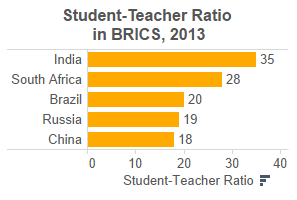"Meta-analysis of the heritability of human traits based on fifty years of twin studies." Nature Genetics (2015) DOI: 10.1038/ng.3285
Meta-analysis of the heritability of human traits based on fifty years of twin studies
- Nature Genetics
- doi:10.1038/ng.3285
- Received
- Accepted
- Published online
Abstract
Despite a century of research on complex traits in humans, the relative importance and specific nature of the influences of genes and environment on human traits remain controversial. We report a meta-analysis of twin correlations and reported variance components for 17,804 traits from 2,748 publications including 14,558,903 partly dependent twin pairs, virtually all published twin studies of complex traits. Estimates of heritability cluster strongly within functional domains, and across all traits the reported heritability is 49%. For a majority (69%) of traits, the observed twin correlations are consistent with a simple and parsimonious model where twin resemblance is solely due to additive genetic variation. The data are inconsistent with substantial influences from shared environment or non-additive genetic variation. This study provides the most comprehensive analysis of the causes of individual differences in human traits thus far and will guide future gene-mapping efforts. All the results can be visualized using the MaTCH webtool.
Nature vs. nurture results in a draw, according to twins meta-study

One of the great tussles of science – whether our health is governed by nature or nurture – has been settled, and it is effectively a draw.
University of Queensland researcher Dr Beben Benyamin from the Queensland Brain Institute collaborated with researchers at VU University of Amsterdam to review almost every twin study across the world from the past 50 years, involving more than 14.5 million twin pairs.
The findings, published in Nature Genetics, reveal on average the variation for human traits and diseases is 49 per cent genetic, and 51 per cent due to environmental factorsand/or measurement errors.University of Queensland researcher Dr Beben Benyamin from the Queensland Brain Institute collaborated with researchers at VU University of Amsterdam to review almost every twin study across the world from the past 50 years, involving more than 14.5 million twin pairs.
"There has still been conjecture over how much variation is caused by genetics and how much is caused by environmental factors—what people call nature versus nurture," Dr Benyamin said.
"We wanted to resolve that by revisiting almost all the genetic twin studies conducted over the past 50 years, and comparing all of them together," he said.
Although the contribution of genetic and environmental factors was balanced for most of the traits studied, the research showed there could be significant differences in individual traits.
For example, risk for bipolar disorder was about 70 per cent due to genetics and 30 per cent due to environmental factors.
"When visiting the nature versus nurture debate, there is overwhelming evidence that both genetic and environmental factors can influence traits and diseases," Dr Benyamin said.
"What is comforting is that, on average, about 50 per cent of individual differences are genetic and 50 per cent are environmental.
"The findings show that we need to look at ourselves outside of a view of nature versus nurture, and instead look at it as nature and nurture."
In 69 per cent of cases, the study also revealed that individual traits were the product of the cumulative effect of genetic differences.
"This means that there are good reasons to study the biology of human traits, and that the combined effect of many genes on a trait is simply the sum of the effect of each individual gene," Dr Benyamin said.
"This finding has implications for choosing the best strategy to find genes affecting disease."
Professor Peter Visscher from QBI said the study was performed using publications from the classical twin design, which compares the similarities of identical twins who share all their genes, to those of non-identical twins who share half their genes.
"Twin studies have been the main method for researching the genetic and environmental sources of variation between humans for a long time because of the availability of the two types of twins," Professor Visscher said.
The study involved a meta-analysis of 17,804 traits from 2748 publications between1958 and 2012, based on data from 14,558,903 twin pairs. The paper is online here.
http://medicalxpress.com/news/2015-05-nature-nurture-results-twins-meta-study.html
Are we products of nature or nurture? Science answers age-old question
Twin studies collated over the past 50 years reveal human traits and disease are almost equally determined by genetic and environmental factors
 twins in a suitcase
twins in a suitcase
Researchers collated 2,748 studies involving more than 14.5 million pairs of twins and found the average variation for human traits and disease is 49% due to genetic factors and 51% due to environmental factors. Photograph: Alamy
Monica Tan
@m_onicatan
Tuesday 19 May 2015 08.38 BST Last modified on Tuesday 19 May 2015 09.29 BST
The age-old question of whether human traits are determined by nature or nurture has been answered, a team of researchers say. Their conclusion? It’s a draw.
By collating almost every twin study across the world from the past 50 years, researchers determined that the average variation for human traits and disease is 49% due to genetic factors and 51% due to environmental factors.
University of Queensland researcher Beben Benyamin from the Queensland Brain Institute collaborated with researchers at VU University of Amsterdam to collate 2,748 studies involving more than 14.5 million pairs of twins.
“Twin studies have been conducted for more than 50 years but there is still some debate in terms of how much the variation is due to genetic or environmental factors,” Benyamin said.
He said the study showed the conversation should move away from nature versus nature, instead looking at how the two work together. “Both are important sources of variation between individuals,” he said.
While the studies averaged an almost even split between nature and nurture, there was wide variation within the 17,800 separate traits and diseases examined by the studies.
For example, the risk for bipolar disorder was found to be 68% due to genetics and only 32% due to environmental factors. Weight maintenance was 63% due to genetics and 37% due to environmental factors.
In contrast, risk for eating disorders was found to be 40% genetic and 60% environmental, whereas the risk for mental and behavioural disorders due to use of alcohol was 41% genetic and 59% environmental.
Benyamin said in psychiatric, ophthalmological and skeletal traits, genetic factors were a larger influence than environmental factors. But for social values and attitudes it was the other way around.
However there was no single trait in which the contribution of genetic factors was zero, Benyamin said. “Genetics contribute to all traits – the difference is, by how much.”
The studies were published between 1958 and 2012 and used “classical twin design” which compared the similarities of identical twins who share all their genes to those of non-identical twins who only share half their genes.
Traits that correlated more closely in non-identical twins compared with identical twins indicated a greater influence of environmental factors.
More than half the studies were related to psychiatric, metabolic and cognitive functions, including rates of depression, anxiety, mental and behavioural disorders related to use of alcohol and tobacco, weight and height.














![QQ plots of the [chi]2 test statistics for testing the null hypothesis that 2(rMZ - rDZ) = 0 and 2rDZ - rMZ = 0 and relationship with sample size.](http://www.nature.com/ng/journal/vaop/ncurrent/carousel/ng.3285-SF12.jpg)
















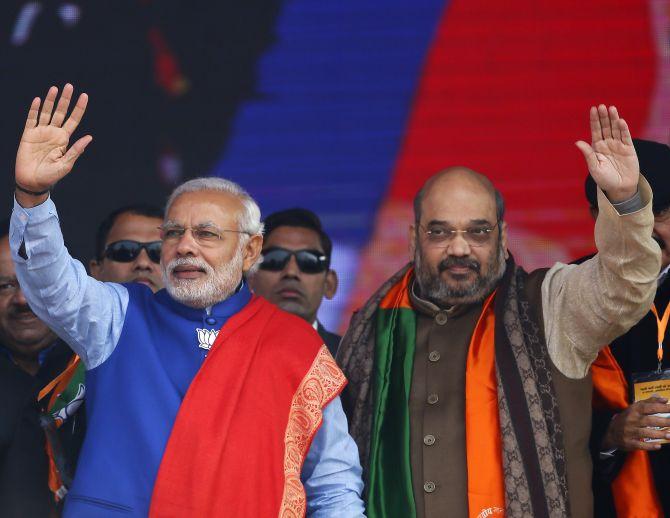














































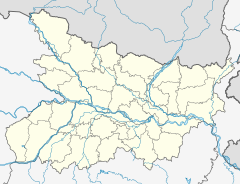



 अभिषेक मिश्रा
अभिषेक मिश्रा














 Source:
Source: 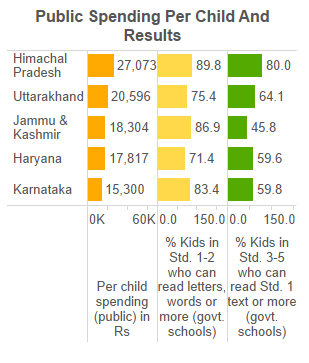
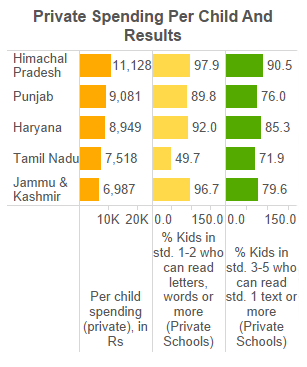
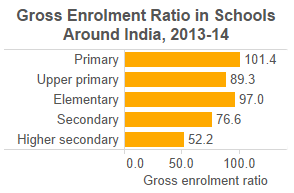 Source:
Source: 